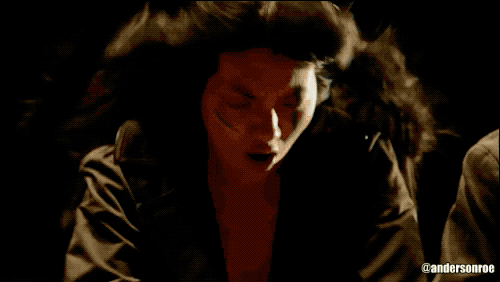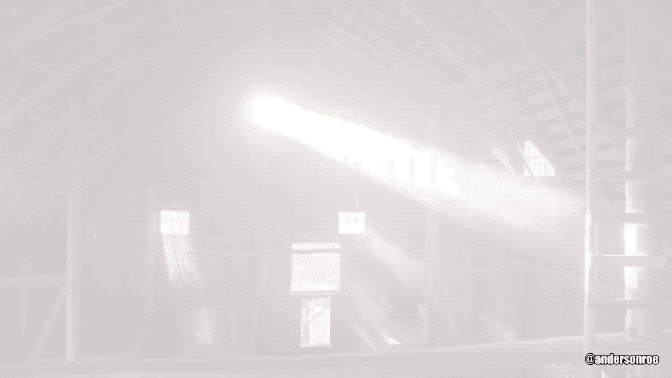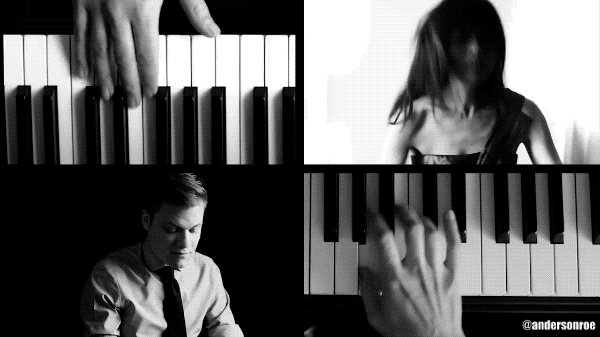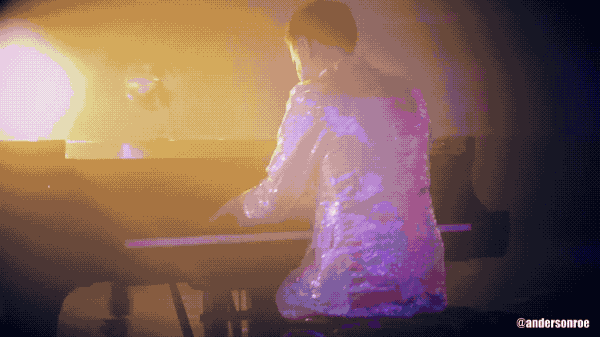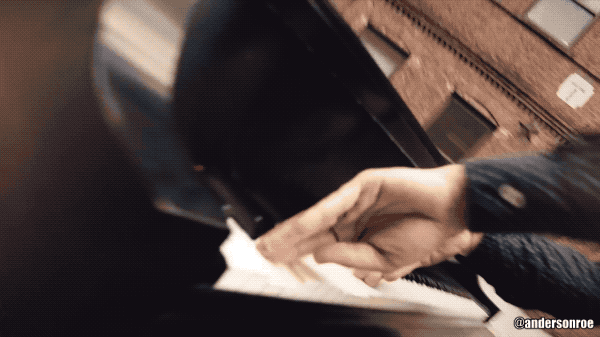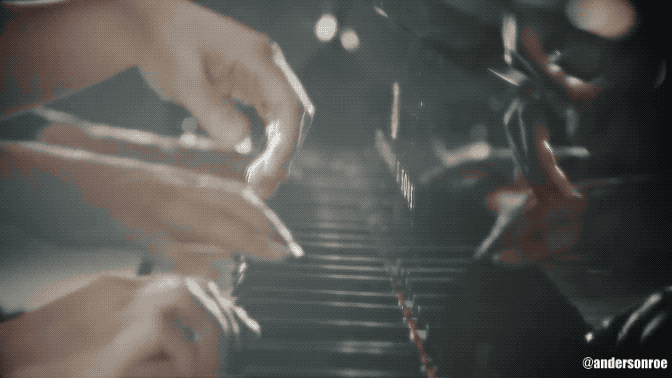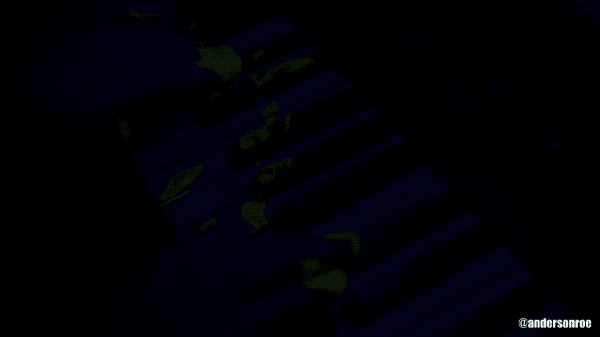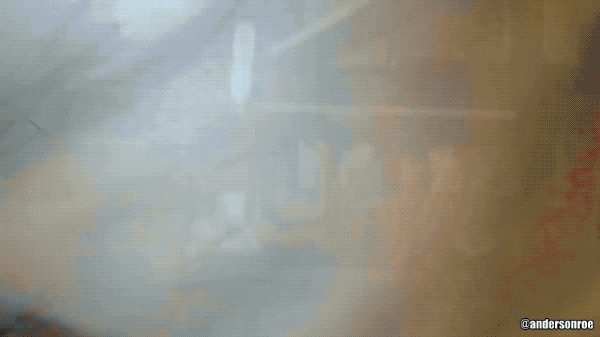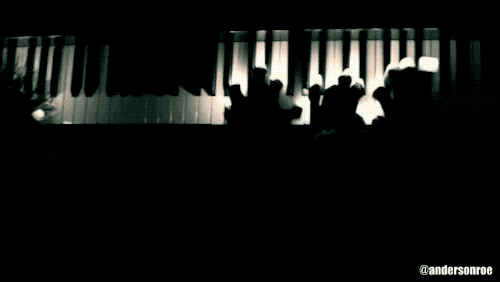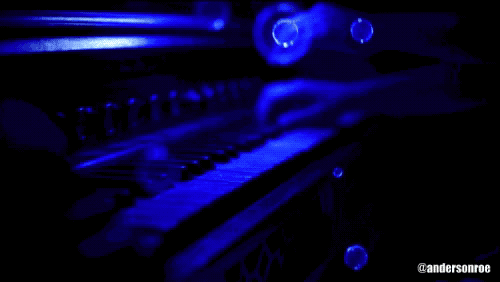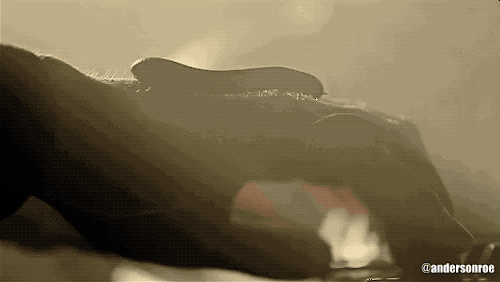Our imaginations are running wild, conjuring up new worlds inspired by your outstanding New Music New Video composition competition submissions! Keep them coming! (The deadline for submissions is September 1, 2018.)
The creative process is one of our favorite aspects of video-making, and we look forward to collaborating on this with the winner of the New Music New Video competition. Our budget is is usually very small (we're musicians, after all!), and so most everything we do fits within the realm of "Do It Yourself," or "DIY." We turn our dreams into reality by finding creative solutions to the seemingly endless set of limitations that shape our productions. While we've created some wild effects through meticulous editing in post-production, our most beloved music video moments often stem from utilizing unusual techniques and props on set.
The most common filmmaking challenge we face with our tiny budget: the limitations of our venue. We can't afford Hollywood-style sound stages (yet 😉), so we've filmed everywhere from our own homes to our friend's backyards. To transform our less-than-glamorous venues into MTV music video-style sets, we often place a strong light immediately behind us at the piano; the backlighting is super dramatic (yaaas!) and it disguises whatever mess may be hiding in the background. Fog machines can also turn a dour bedroom into a heavenly vision. (Speaking of fog machines, we've used these multipurpose devices to create radiant shafts of morning light!) And in making our Contrapunctus music video, we simply hung black & white bed sheets from the walls to create a high budget, high contrast look.
Another common, recurring filmmaking challenge we encounter: how do we create sweeping shots without the use of super expensive camera trains, cranes, and stabilizing rigs? Our solution has been to recreate the effects by situating our camera crew on roller skates and wheel chairs. In a few instances we affixed the camera to a long monopod and waved the contraption above the pianos. And in a recent shoot, we asked a professional dancer to literally dance with the camera in hand, ultimately giving our viewers the sensation that they are dancing along with our performances.
We love playing with "time" during our video shoots. In our video of Gluck's "Dance of the Blessed Spirits," we tested our pianistic abilities by playing the piece extremely fast—nearly five times fast, in fact. We then slowed down the resulting footage (nearly five times) so that our hands appeared to be playing the music at the correct tempo, but in a dreamy, almost ghostly manner. Similarly, in a few sections of our Rite of Spring music film, we learned our parts backward (an utterly nasty challenge!). We dipped our fingers in paint before filming, and then, with the cameras rolling, we performed the passages (backwards) as our fingers covered the keys in paint. Later while editing, we reversed the footage so that our hands appeared to be playing the passage correctly (i.e. not backwards!) while giving the illusion that the paint was coming off the keys as we played.
Sometimes we go all out with over-the-top, crafty filmmaking effects, like by making use of bugs and bubbles. For a mind-bending look, we've found that we can focus our camera into a flexible mirror and artfully distort the image by warping the mirror. For a hair-raisingly spooky scene, we once used the static electricity from a balloon to make Liz's hair stand on end. (Thank you, grade-school science class. 🤓) And in one extra challenging film shoot, we turned out the lights, donned L.E.D. gloves, and attempted to perform from Stravinsky's "Rite of Spring."
In every case of creative DIY filmmaking, our mission has been to enhance the spirit of the music—to accentuate the music's dreaminess, to illustrate the music's decay, to add potent visual punch to the music's most dramatic moments. We reap inspiration from the generous imagination already latent in the music.
The beautiful, surprising, and weird pieces submitted to our New Music New Video composition competition so far all have exciting boundary-pushing potential! There's still time to submit a piece—the deadline for submission is September 1, 2018. We're so eager to see what unusual visuals we can come up with when we put our heads together with the winning composer.
We're all fired up. 😉


